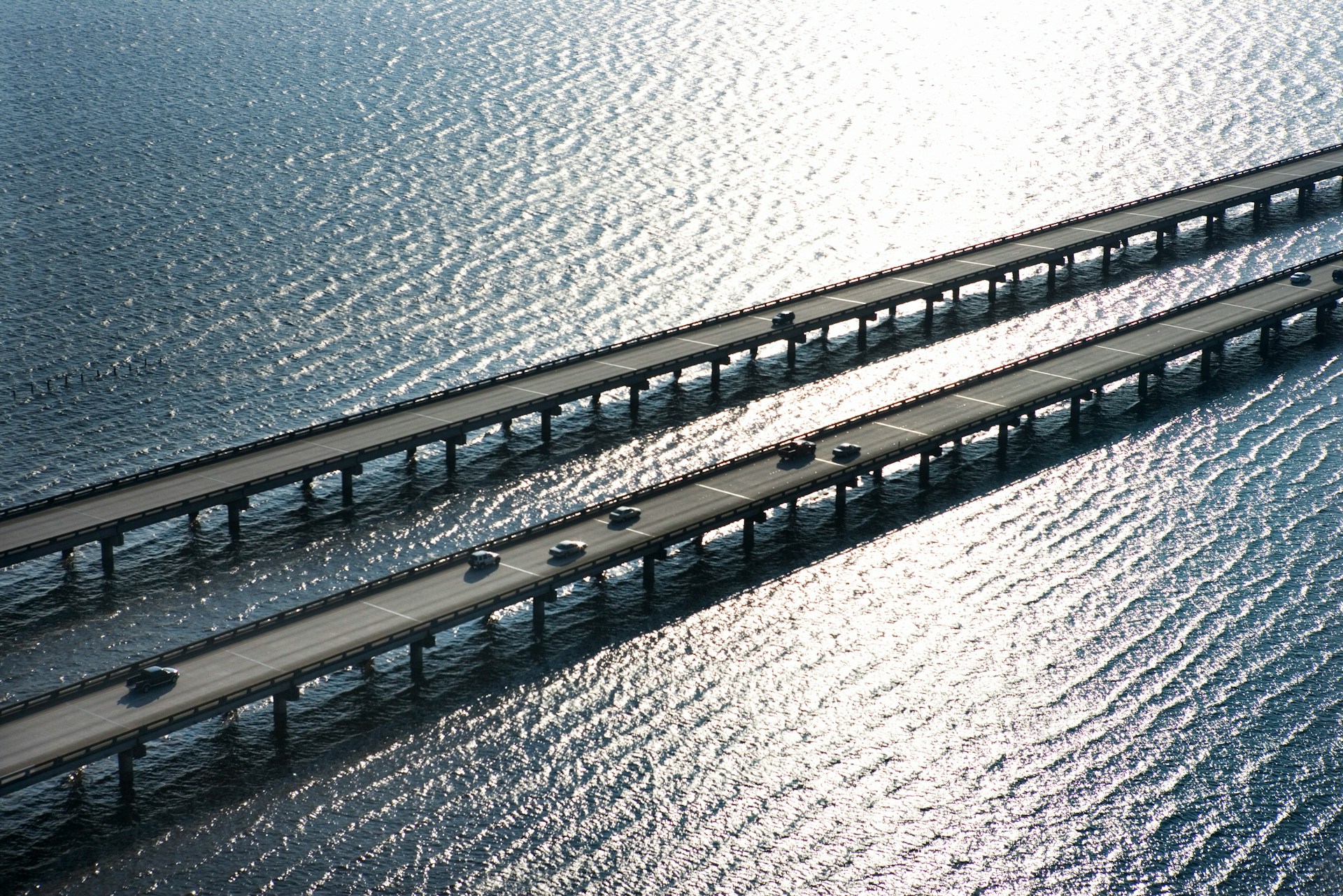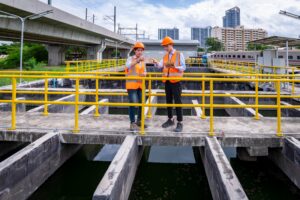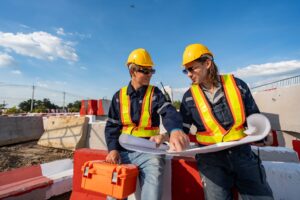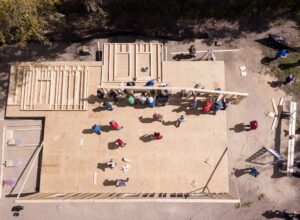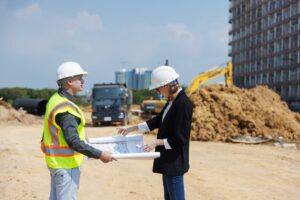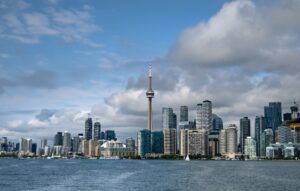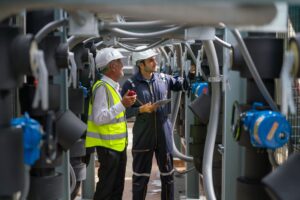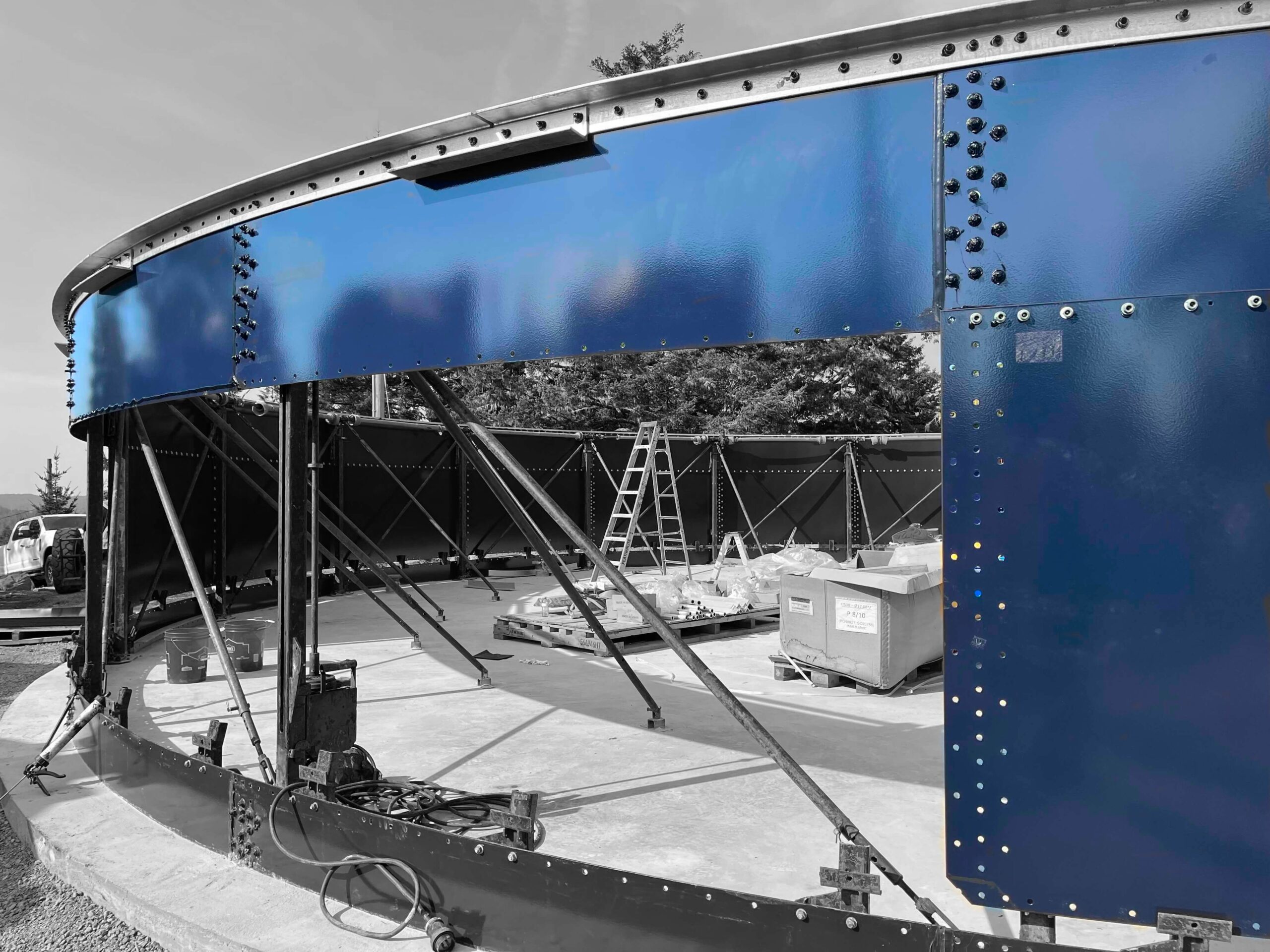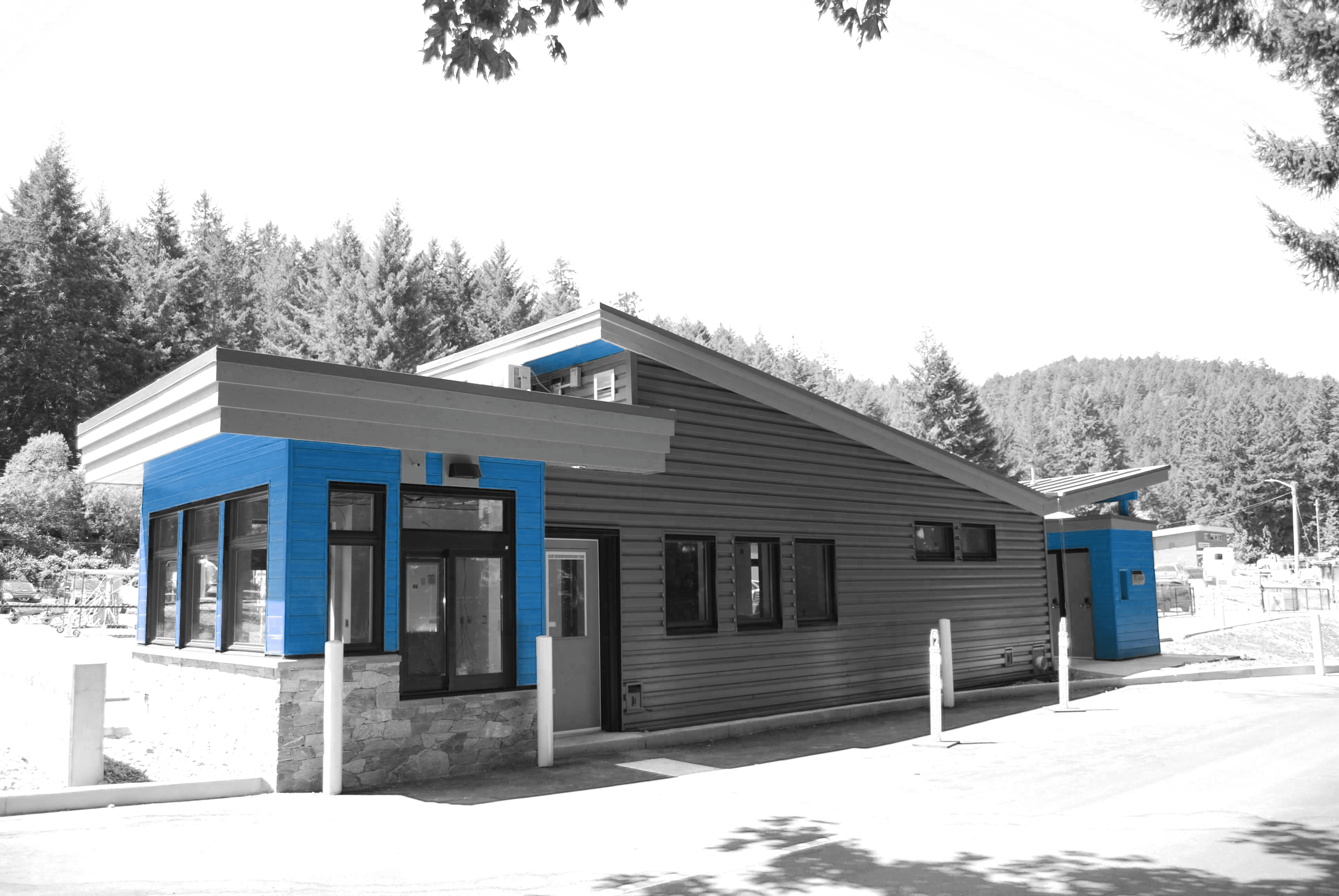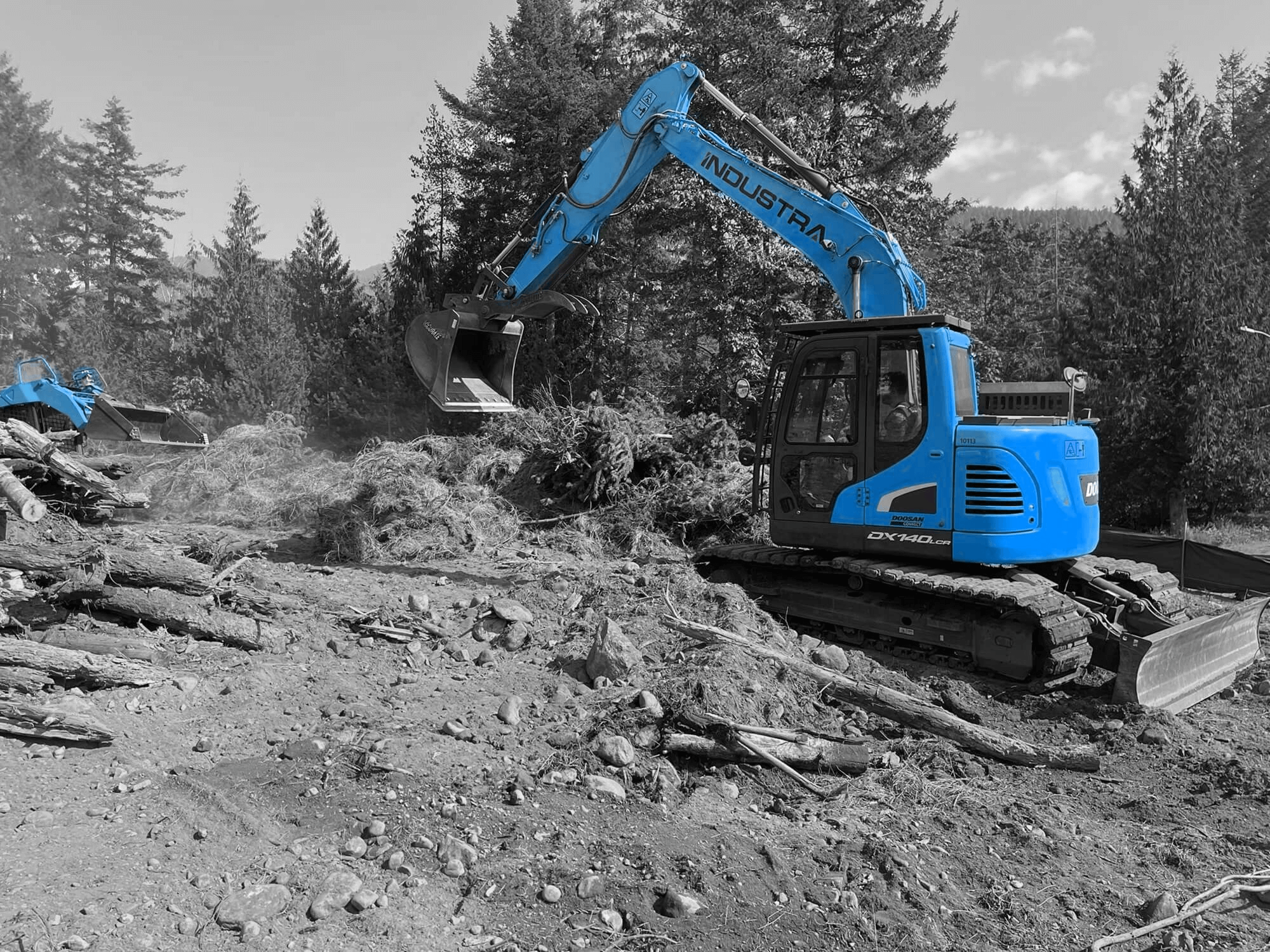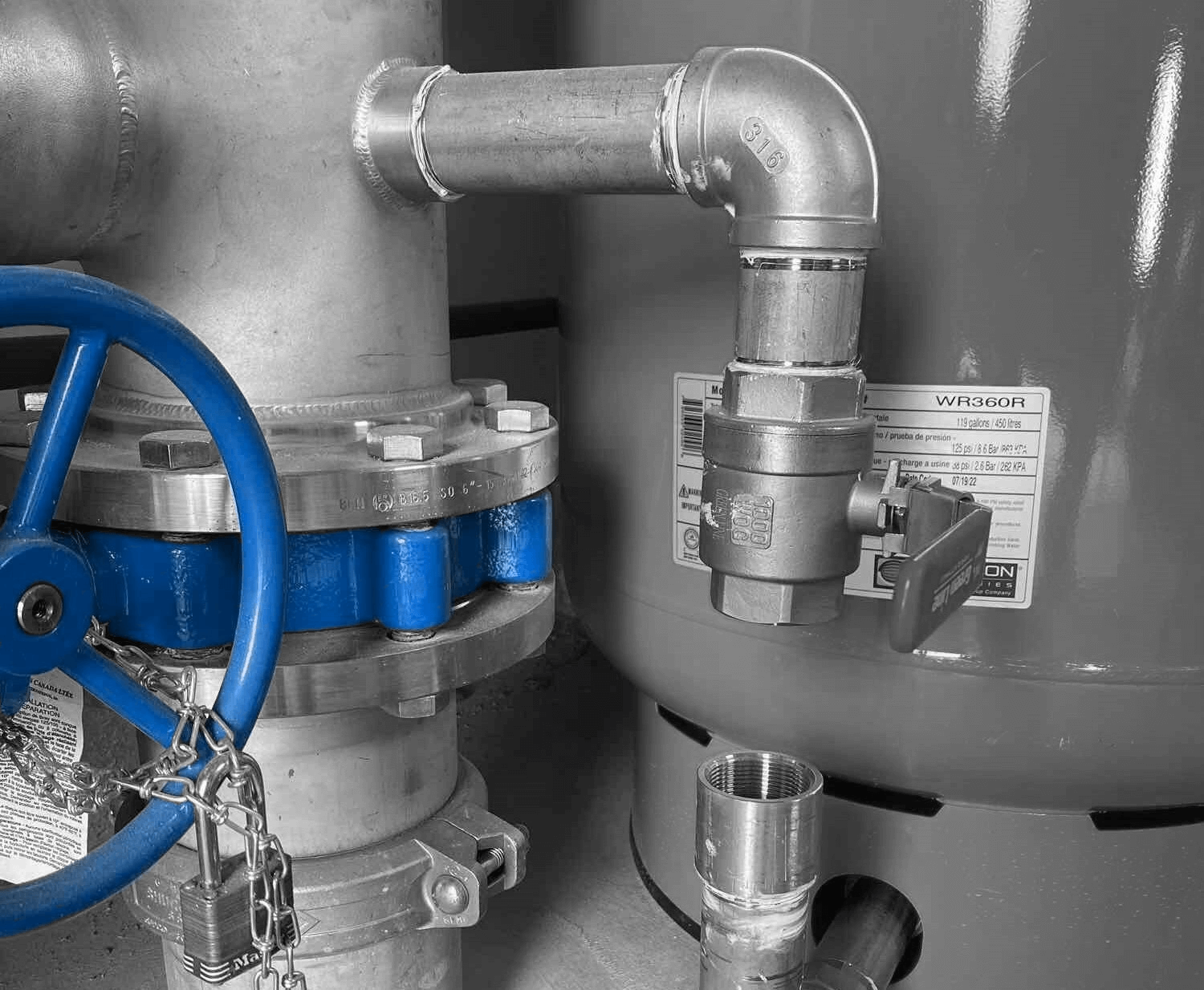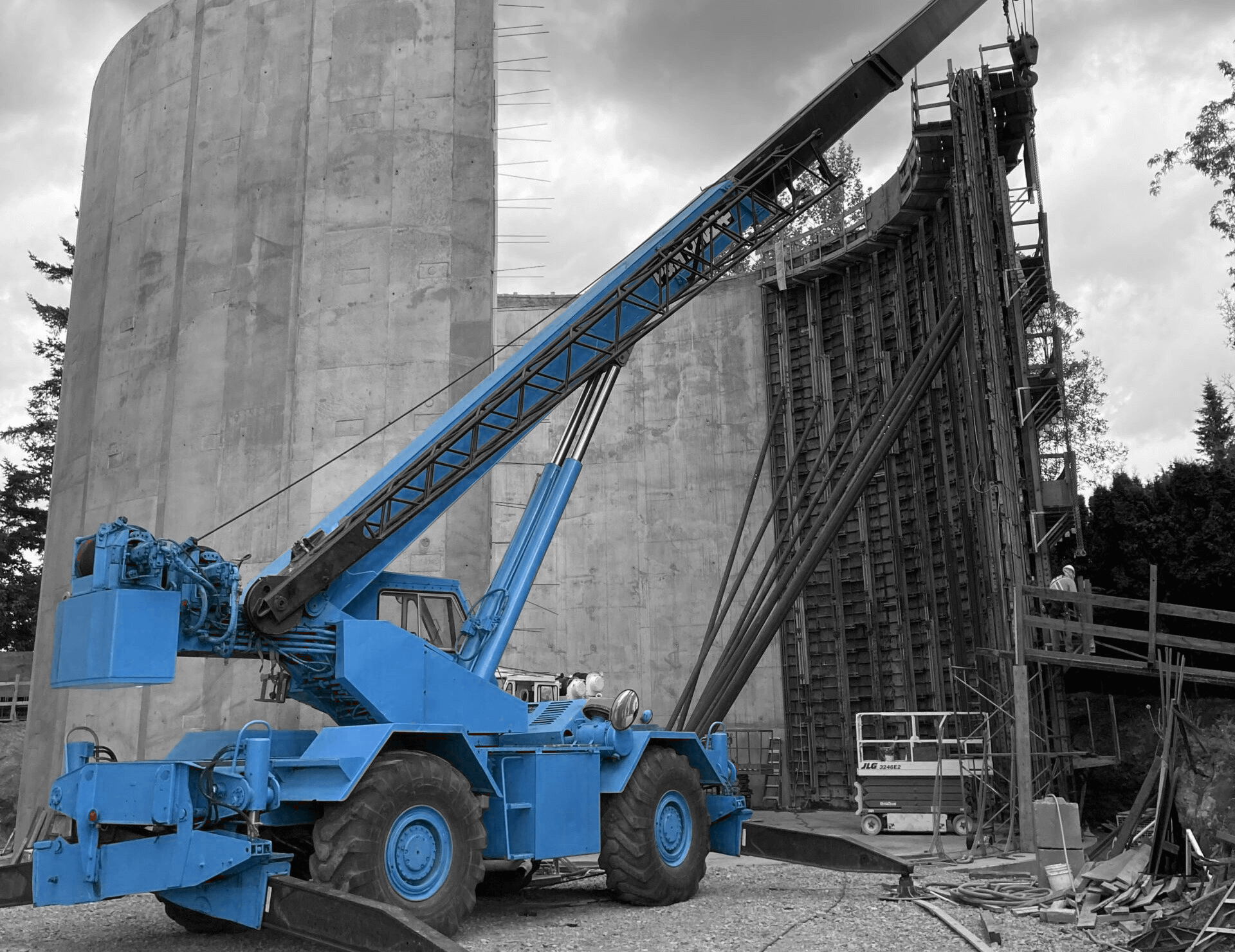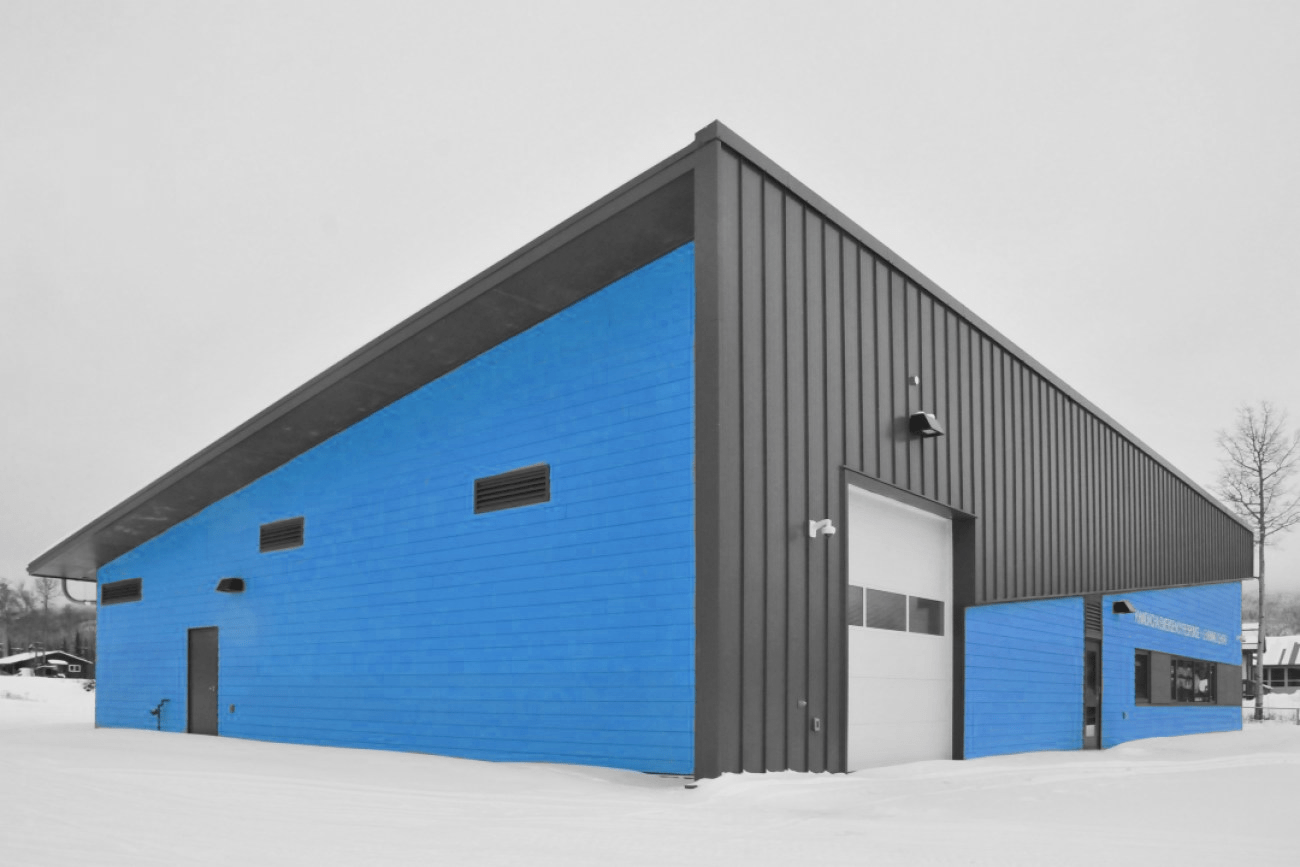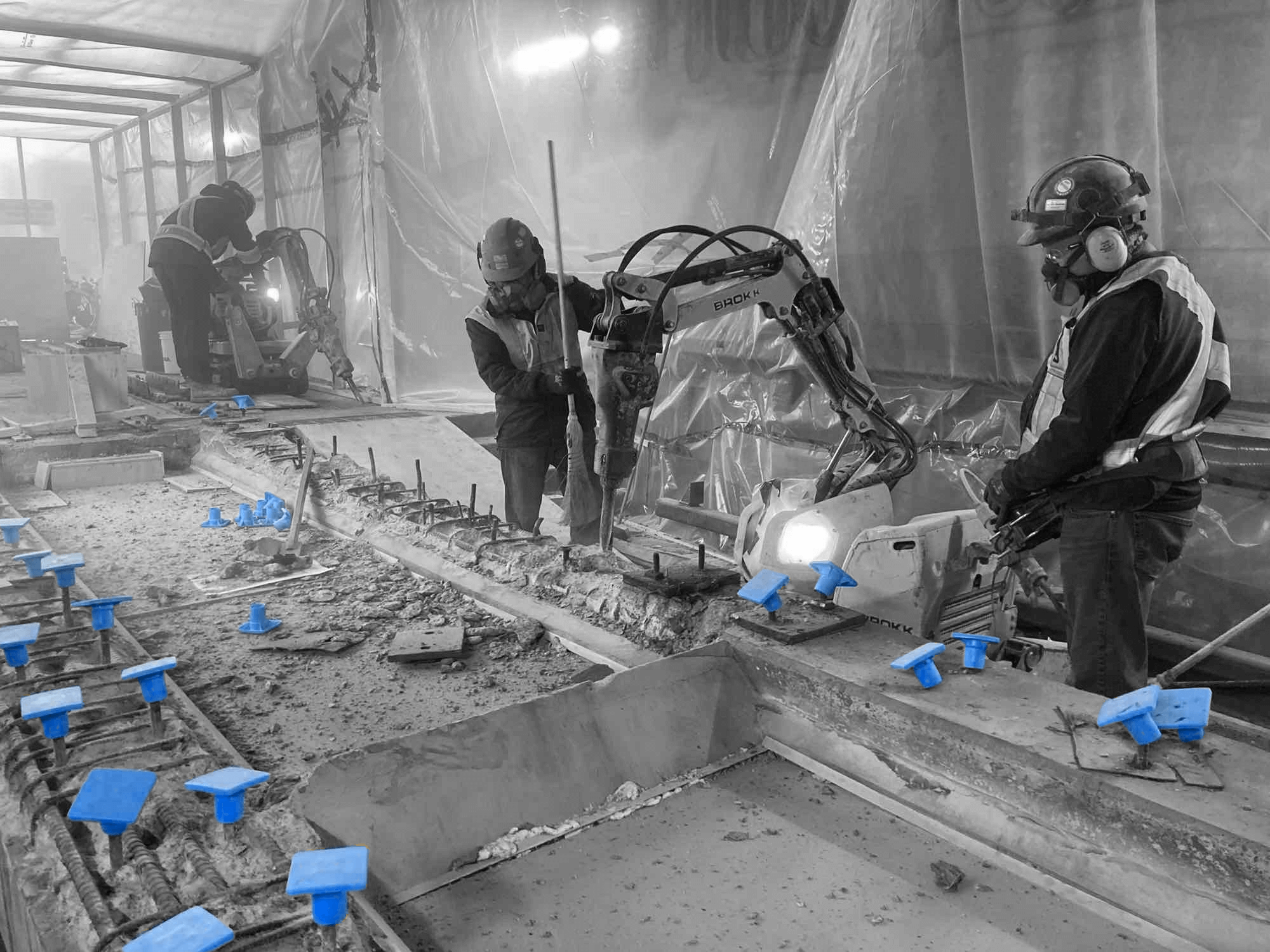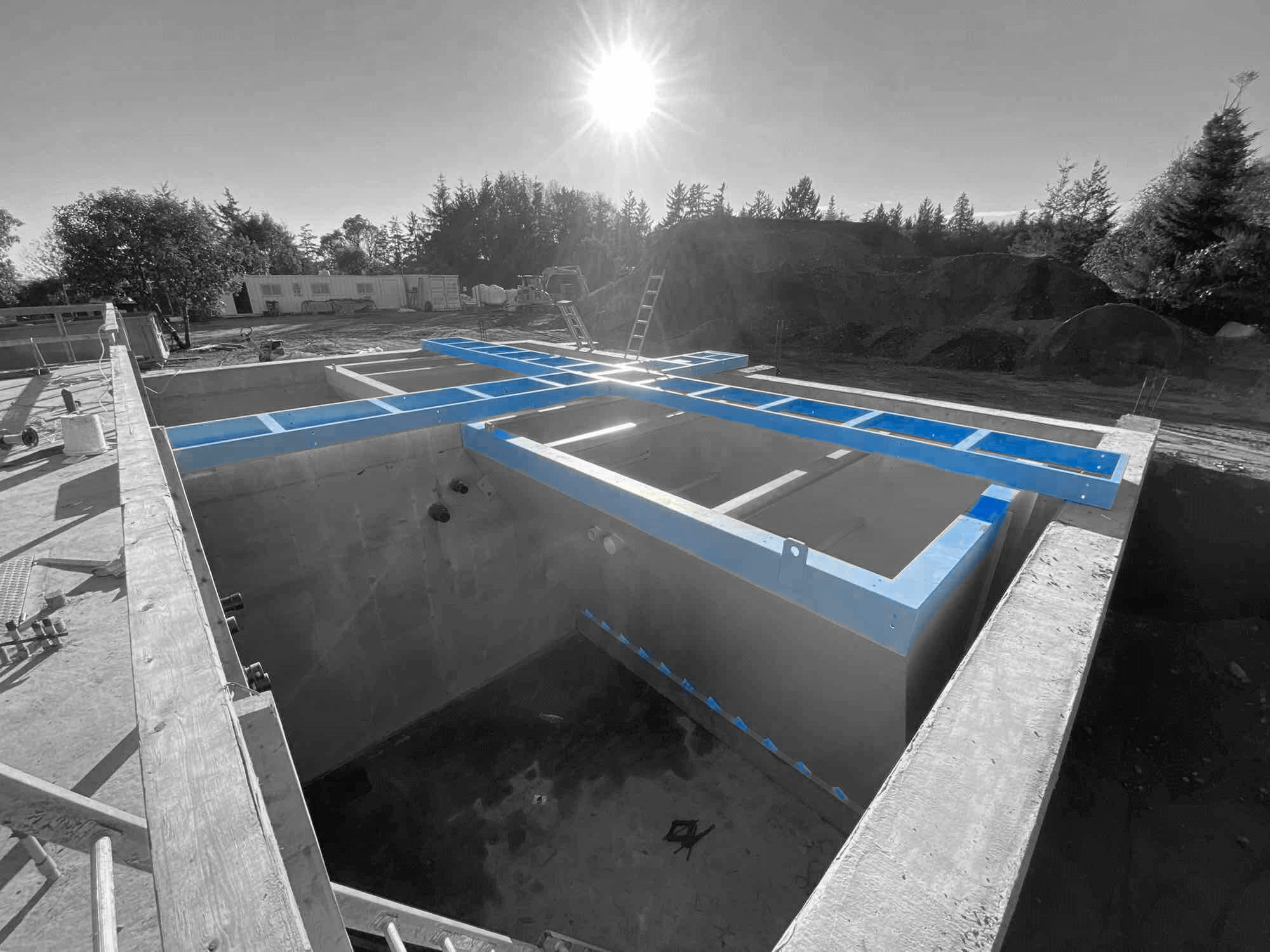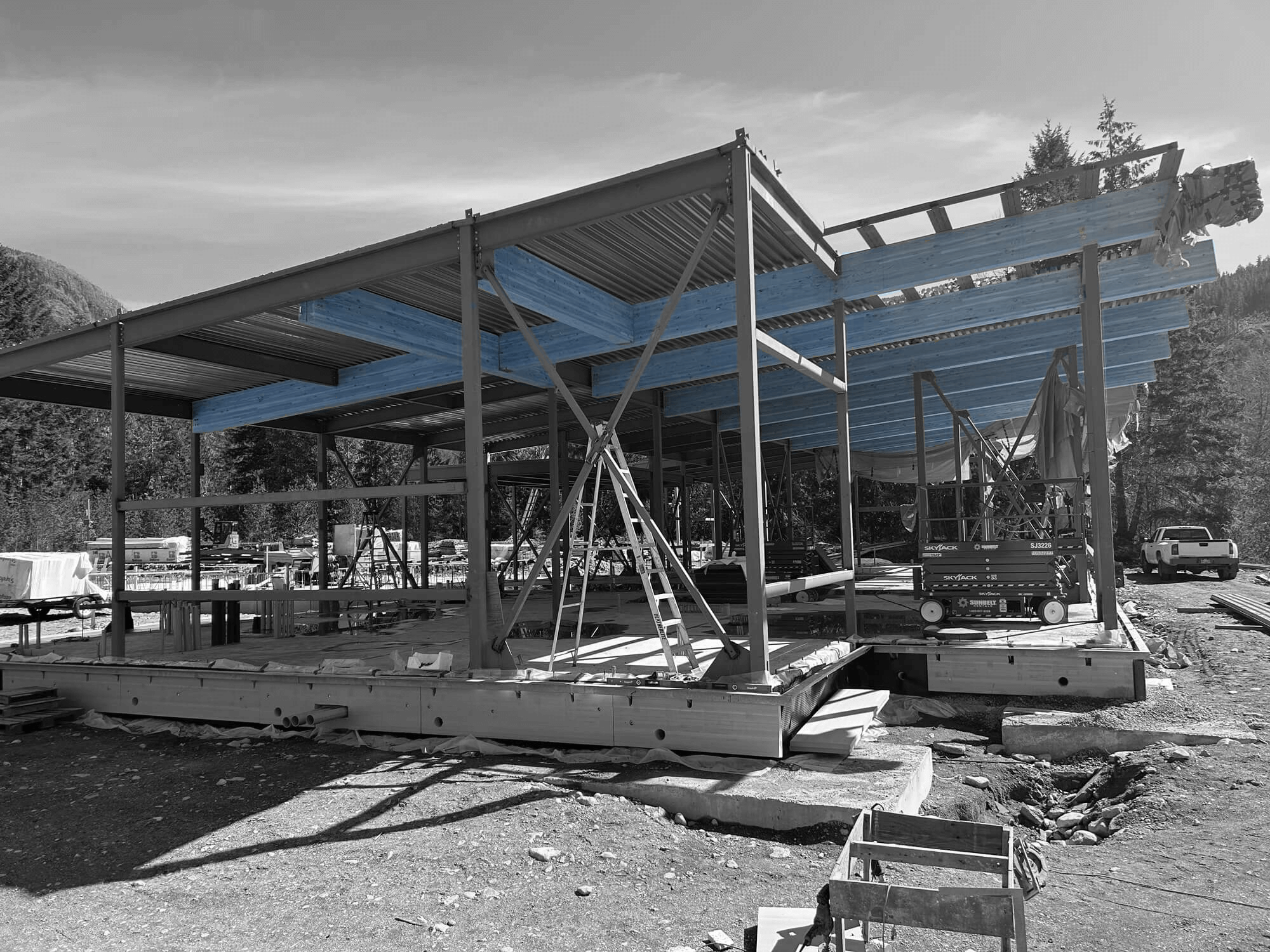Coastal construction presents unique challenges and opportunities due to the harsh marine environment and dynamic landscape. Building infrastructure that can withstand the test of time while minimizing environmental impact requires innovation and strategic approaches. Advances in civil construction techniques offer new ways to enhance the durability and sustainability of coastal projects.
Using advanced materials and modern construction methods, we can build resilient coastal infrastructure. These innovations not only improve the quality of our structures but also reduce the environmental footprint of construction activities. By focusing on sustainability, we ensure that coastal developments can coexist harmoniously with natural ecosystems.
At Industra Construction Corp., we are committed to incorporating these advanced techniques into our projects. Leveraging technology and innovative materials, we aim to create infrastructures that are both robust and environmentally friendly. As we continue to develop coastal areas, our goal is to balance progress with preserving the natural beauty and integrity of marine environments.
Advanced Materials for Coastal Construction
Benefits of Using Composite Materials
Composite materials have revolutionized coastal construction with their durability and strength. Unlike traditional materials such as wood or steel, composites resist corrosion and withstand harsh marine conditions much better. This resilience leads to longer-lasting infrastructure, reducing the need for frequent repairs and maintenance. Using composites helps us ensure that structures like piers, docks, and seawalls remain intact even under constant exposure to saltwater and fluctuating temperatures. The longevity of these materials ultimately translates to cost savings over the lifespan of the project.
Additionally, composite materials are lighter in weight compared to traditional concrete or steel. This characteristic simplifies the transportation and handling processes during construction, making the project run more efficiently. Furthermore, the versatility of composite materials allows for innovative design possibilities, enabling us to create structures that blend seamlessly with their natural surroundings while providing the required strength.
Eco-Friendly and Sustainable Options
Choosing eco-friendly materials is crucial for sustainable coastal construction. Several advanced materials, such as recycled plastics, contribute to environmental conservation while maintaining high performance. For instance, using recycled plastic lumber for boardwalks and piers not only diverts plastic waste from landfills but also provides a durable, non-toxic alternative to wood. These materials do not leach harmful chemicals into the water, helping to preserve marine ecosystems.
In addition to recycled materials, we also explore natural and renewable resources like bamboo and sustainably sourced timber. Bamboo, for example, grows rapidly and can be harvested without causing long-term damage to forests, making it an excellent sustainable choice for construction. By focusing on environmentally friendly materials, we contribute to the health of coastal ecosystems and promote long-term sustainability in construction practices.
Modern Construction Techniques for Coastal Projects
Geotextile and Geogrid Applications
Geotextiles and geogrids offer innovative solutions for reinforcing and stabilizing soil in coastal construction. These synthetic materials are used to enhance the performance of soil, providing support and preventing erosion. Geotextiles are permeable fabrics that allow water to pass through while trapping sediment, thereby reducing erosion and maintaining soil integrity. This makes them ideal for use in shoreline protection, retaining walls, and roadways near coastal areas.
Geogrids, on the other hand, are grid-like structures that improve soil stability by distributing loads more evenly. When used in conjunction with geotextiles, they offer a robust solution for slope stabilization and foundational support. These applications are especially beneficial in coastal regions prone to shifting sands and unstable ground. By integrating geotextiles and geogrids, we enhance the durability and stability of coastal infrastructure, ensuring it can withstand both natural and human-induced stresses.
Integration of Prefabrication and Modular Construction
Prefabrication and modular construction techniques have gained popularity in coastal projects due to their efficiency and environmental benefits. Prefabrication involves manufacturing building components off-site in a controlled environment and then transporting them to the construction site for assembly. This method greatly reduces on-site construction time and minimizes disturbances to the local ecosystem. Prefabricated elements are typically of higher quality, as they are produced under stringent factory conditions.
Modular construction takes this a step further by assembling entire sections of a structure off-site. These modules can then be connected on-site, drastically cutting down the overall construction timeline. In coastal construction, modular methods are particularly advantageous since they allow us to work around tidal schedules and weather conditions more effectively. By employing prefabrication and modular construction, we not only boost efficiency but also reduce waste and environmental impact, aligning with our goals for sustainable development.
Leveraging Technology in Coastal Construction
Role of Drones in Site Surveys and Inspections
Drones have become invaluable tools in coastal construction, offering a bird’s-eye view of project sites. With drones, we can conduct detailed site surveys quickly and safely, capturing high-resolution images and videos. This aerial data allows us to create accurate maps and 3D models of the terrain, helping to identify potential challenges and plan accordingly. Drones also enable us to monitor construction progress in real-time, ensuring that projects stay on schedule and within budget.
In addition to surveys, drones are crucial for inspections. They can access hard-to-reach areas and provide close-up views of structures, making it easier to detect issues such as cracks or erosion. Regular drone inspections help maintain the integrity of coastal infrastructure, allowing for timely repairs and maintenance. By reducing the need for manual inspections, drones enhance safety and efficiency on construction sites.
Utilization of 3D Printing for Coastal Structures
3D printing is revolutionizing the way we build coastal structures. This technology allows for the rapid production of complex components, which can be assembled on-site. Using 3D printing, we can create customised solutions tailored to the specific needs of each project. For instance, we can print intricate parts for seawalls or unique designs for marine habitats, providing both functionality and aesthetics.
One of the significant benefits of 3D printing is its ability to use sustainable materials. By utilising materials like recycled plastics or bio-based resins, we reduce the environmental impact of construction. 3D printing also minimizes waste, as it produces components with high precision, eliminating the need for excess material. This technology not only enhances the efficiency of coastal construction but also aligns with our sustainability goals.
Strategies for Mitigating Coastal Erosion
Installing Sea Walls and Breakwaters
Sea walls and breakwaters are essential defences against coastal erosion. Sea walls act as barriers that protect the shore from the force of waves, preventing the land from being worn away. Constructing sea walls involves placing concrete, steel, or other robust materials along the coastline. These structures need to be designed carefully to withstand the harsh marine environment and provide long-term protection.
Breakwaters, on the other hand, are built offshore to reduce the energy of incoming waves before they reach the shore. By absorbing and deflecting wave energy, breakwaters help calm the waters near the coast, reducing erosion and enabling the deposition of sediments. This creates a more stable shoreline and protects coastal infrastructure. Both sea walls and breakwaters are vital components of coastal defence systems, ensuring the safety and longevity of coastal areas.
Beach Nourishment and Vegetation Planting
Beach nourishment is a process where sand and sedime
nt are added to eroded beaches to restore their natural state. This helps rebuild the shoreline and provides a buffer against wave action. By replenishing the sand, we can protect coastal properties and enhance the beach’s recreational value. Beach nourishment is often combined with planting vegetation, which stabilizes the sand and reduces erosion.
Planting vegetation along the coast, such as grasses and shrubs, is another effective strategy for combating erosion. These plants’ root systems help bind the soil, making it harder for wind and water to wash it away. Vegetation also acts as a natural barrier, trapping sand and promoting the formation of dunes. By using beach nourishment and vegetation planting, we create resilient coastal ecosystems that can better withstand environmental changes.
Final Thoughts
Building robust and sustainable coastal infrastructure is essential for protecting shorelines and supporting coastal communities. Advances in materials, construction techniques, and technology have greatly enhanced our ability to construct efficient and eco-friendly coastal structures. From using composite materials and geotextiles to integrating drones and 3D printing, we are equipped with innovative solutions to meet the unique challenges of coastal construction.
At Industra Construction Corp., we are dedicated to employing these innovative techniques to build infrastructure that can withstand the test of time while minimizing environmental impact. Our commitment to using advanced materials and modern construction methods ensures that we contribute positively to the development of resilient coastal areas.
If you’re looking to embark on a coastal construction project and need expertise, Industra Construction Corp. is here to help. Contact us today to learn more about our services and how we can support your coastal construction needs.


